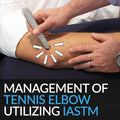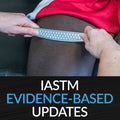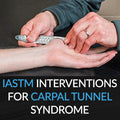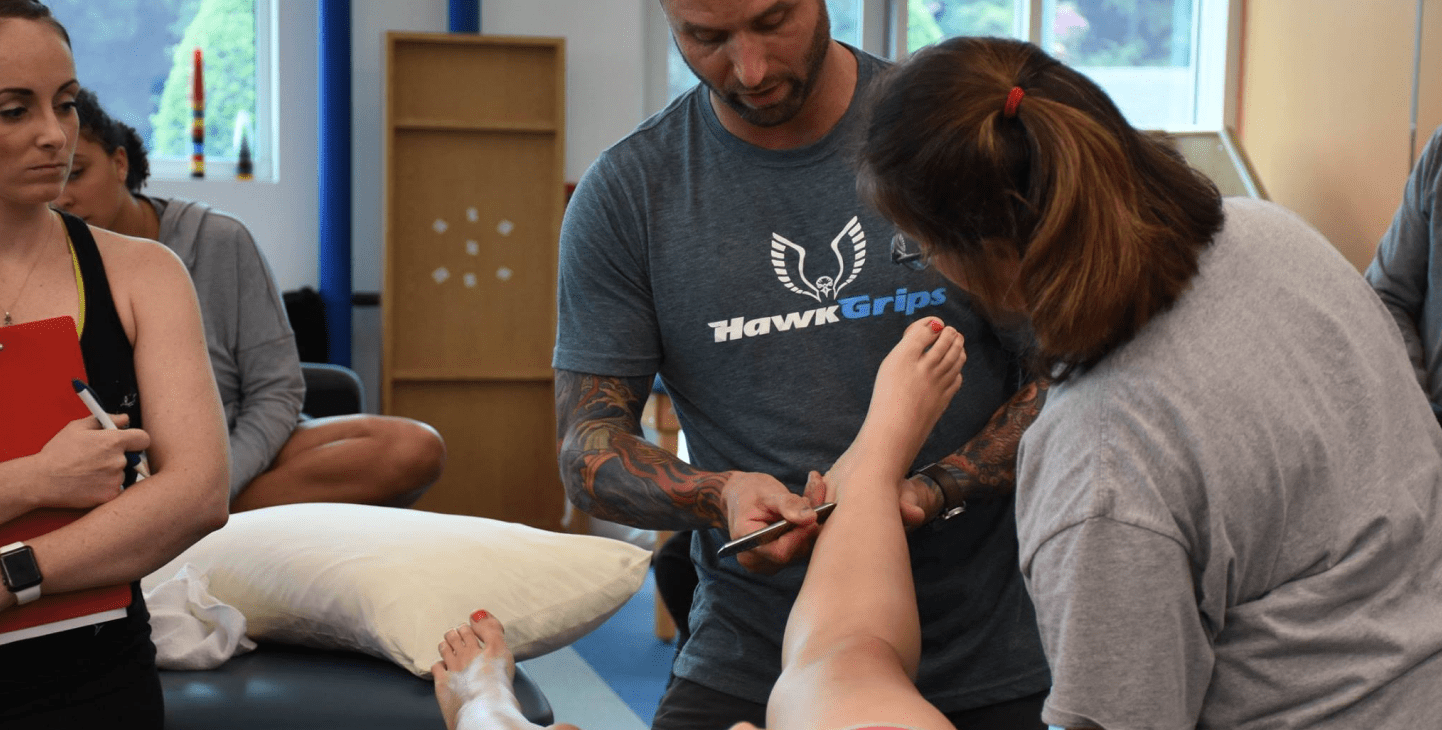yes
Introduction to Blood Flow Restriction Training (On-Demand)
This 2-hour introductory course is designed to give an overview of the research and basis for Blood Flow Restriction Training. This is a home-study course and therefore does not teach clinicians how to perform Blood Flow Restriction methods but instead review the relevant physiology and most current evidence on the theories behind this modality as well as the key fundamentals. Clinicians should always perform treatments within their clinical scope. At the end of the course, participants will take a 15-question quiz to ensure comprehension and must pass with a score of 75% or higher.
Course Time: Self-Paced
Educational Level: Beginner
Prerequisites: None
Save more when you bundle




Note: An additional 10% discount will be applied to your order at checkout.

PLEASE READ THE FOLLOWING REGARDING THE VIRTUAL FORMAT:
This is a LAB-based and interactive course. It is strongly recommended (but not required) to have access to the following:
1. (For IASTM) At least one IASTM tool and a partner / "patient" to practice on.
2. (For BFR) BFR equipment. BFR application / practice can be performed on a partner or yourself.
Our in-person and virtual courses cover the same information, course objectives, and have the same certification exams. For virtual, the live (zoom) portion has a condensed schedule.
Email education@hawkgrips.com with questions.
Video 1: Introduction and History of Blood Flow Restriction Training (16:56)
Video 2: Mechanisms of Blood Flow Restriction Training (28:25)
Video 3: Safety and Efficacy of Blood Flow Restriction Training (32:40)
Video 4: Applications of Blood Flow Restriction Training (9:26)
15-Question Quiz
- Describe the history of Blood Flow Restriction Training.
- Describe how the design of B Strong BFR bands doesn’t cause arterial occlusion.
- Correctly list at least 4 of the contraindications to B Strong BFR as presented in the course
- Explain the local and systemic mechanisms of Blood Flow Restriction Training.
- Compare the 5 differences between utilizing a wide rigid cuff versus a narrow elastic cuff as presented in the course.
CE approvals for HawkGrips courses are accepted by many professional credentialing organizations and state regulatory boards. Athletic Trainers, Chiropractors, Massage Therapists, Occupational Therapists & Occupational Therapist Assistants, and Physical Therapists & Physical Therapist Assistants can visit our CEU information page for the most up to date CE approval information for each of our courses.
Please note, rules and regulations can change frequently without notification. Please check with your professional and/or state licensing authority to confirm course approval and contact hour awards.
CEU Information PageInstructor Information
Instructor:

If you’re looking to get certified in IASTM or BFR Training, we have virtual and in-person options for you!
Learn MoreGain access to a free On-Demand CEU course by enrolling in our monthly newsletter
- Choosing a selection results in a full page refresh.
- Opens in a new window.

